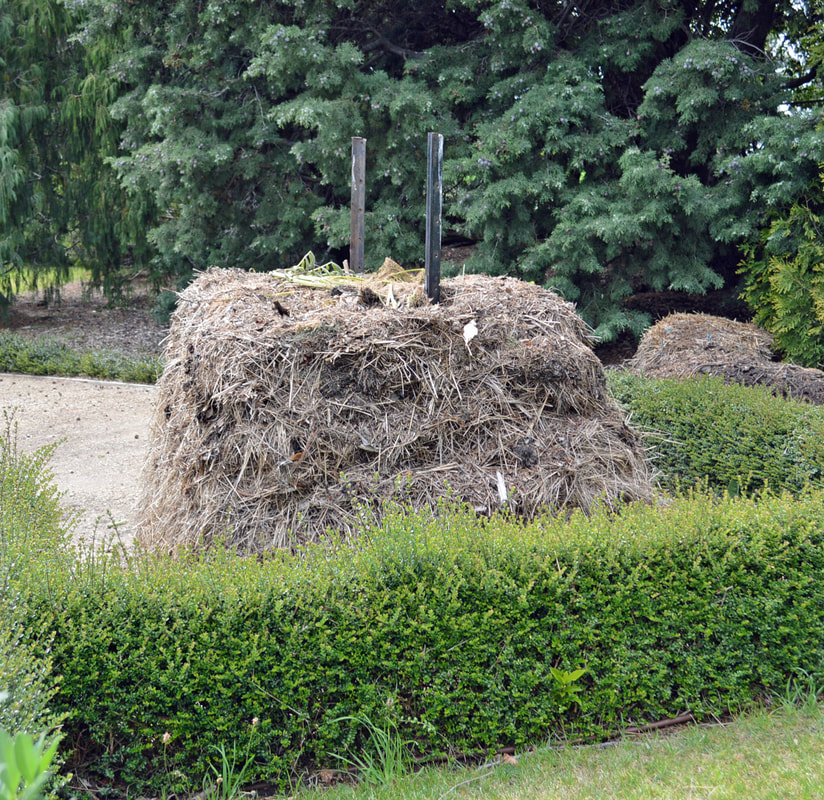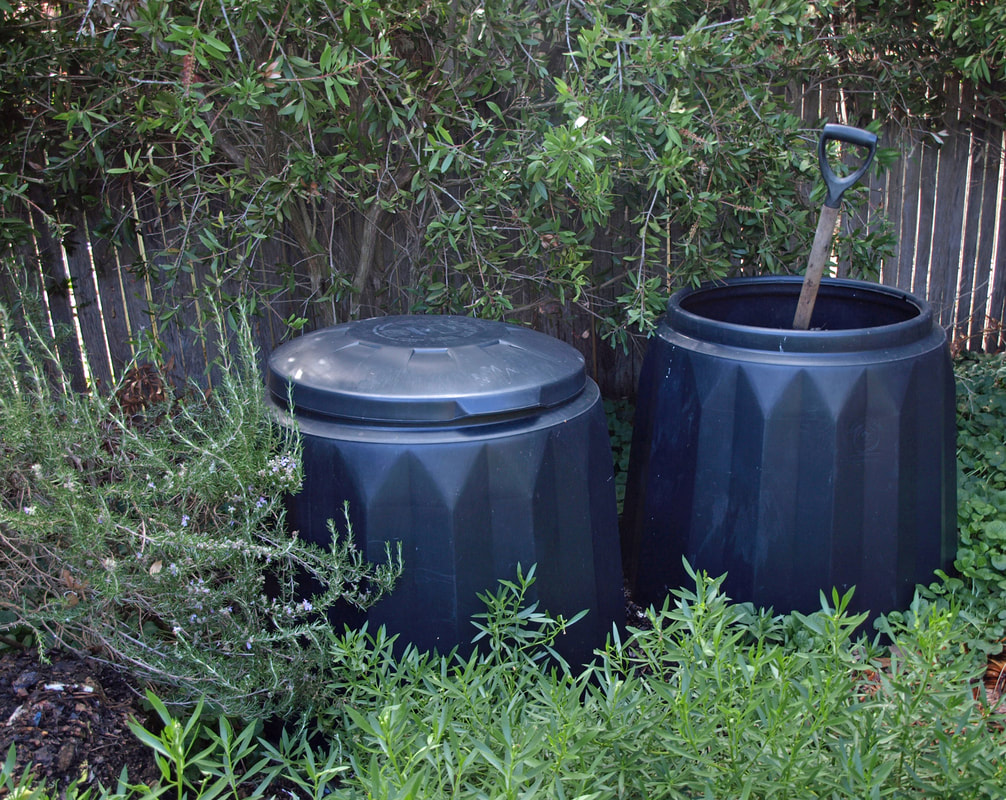|
The Wonderful World of Composting
Composting is the art of recycling garden and household refuse into a nutrient-abundant soil conditioner. Anyone can compost, and on any scale - your composting set-up can be as intensive or as basic as you like. Composting requires comparatively minimal input for maximum rewards, such as, nurturing enviously abundant plant life and a more sustainable living environment. How you compost and what you choose to compost in will depend on factors such as, the time and space you have available, your gardening style, and whether you have young children, pets, or sizeable resident wildlife in your neighbourhood. Manufactured compost bins are readily available in a variety of shapes, sizes and types. Or you can create your own using resources such as: recycled pallets, non-treated timber, concrete blocks or bricks, wire netting, plastic garbage bins with the bottoms cut out or bales of straw – it really is limited to your skill set and imagination. For those who have small households, gardens, or perhaps no garden at all, you may like to compost using a low maintenance and space savvy worm farm or Bokashi bin. Composting can be carried out aerobically or anaerobically, that is, with or without the assistance of air and heat. Aerobic or hot composting relies on adequate volume (the ideal size is one cubic metre), a complimentary ratio of carbon (brown) and nitrogen (green) ingredients, and regular turning to generate the desired heat to speed up decomposition. Aerobic composting can take as little as 18 days using the popular Berkeley method, but the average is 6 to 8 weeks. Anaerobic or cold composting also requires a complimentary ratio of carbon and nitrogen ingredients but only requires turning occasionally, if at all. This method of composting requires significantly less labour, making it a better option for those short on time or who find physical work difficult. Anaerobic composting is a relatively slow process - depending on the situation, it can take 5 to 12 months for a well-aged product. Anything which is organic and hasn’t had oil or sodium added to it can go in the compost. In saying that, avoid using meat and dairy products if you are cold composting, have pets, or if you aren’t an experienced composter - the potential side effects will create odours and attract vermin. It is important to note that pet waste requires composting separately and isn’t suitable for use on edible crops. There are manufactured products available, or you can easily make your own. As a handy starting point, create layers of approximately 25 parts carbon ingredients (examples include mulched deciduous leaves, shredded plain paper and cardboard, hair and fur, straw, untreated sawdust and straw); to 1 part nitrogen ingredients (examples include coffee grounds, kitchen scraps and organics from the garden). Mulching and shredding ingredients significantly speeds up the composting process, as does keeping your compost heap moist but not wet. To prevent odours and deter vermin, keep a stockpile of carbon ingredients on hand to cover your kitchen scraps as you go. If you find your compost smells offensive or is wringing wet, add more carbon ingredients and a small handful of garden lime (optional), ensure it is adequately ventilated by giving it a turn, and keep it covered during periods of heavy rainfall. If your compost is dry and inactive, add moisture, add more nitrogen ingredients, and turn it thoroughly. You can significantly increase the volume of compost you produce by sourcing ingredients from your local community. Examples include coffee grounds from your local café, shredded paper from workplaces, deciduous leaves from roadsides, and veggie scraps from workplaces and neighbours who don’t compost. Handy Resources: https://www.bokashi.com.au/ https://www.abc.net.au/gardening/factsheets/free-range-worms/9437892 https://deepgreenpermaculture.com/diy-instructions/hot-compost-composting-in-18-days/ https://irp-cdn.multiscreensite.com/e9a07ae9/files/uploaded/Tumbleweed%20WormFarm%20Instruction%20Manual.pdf |



